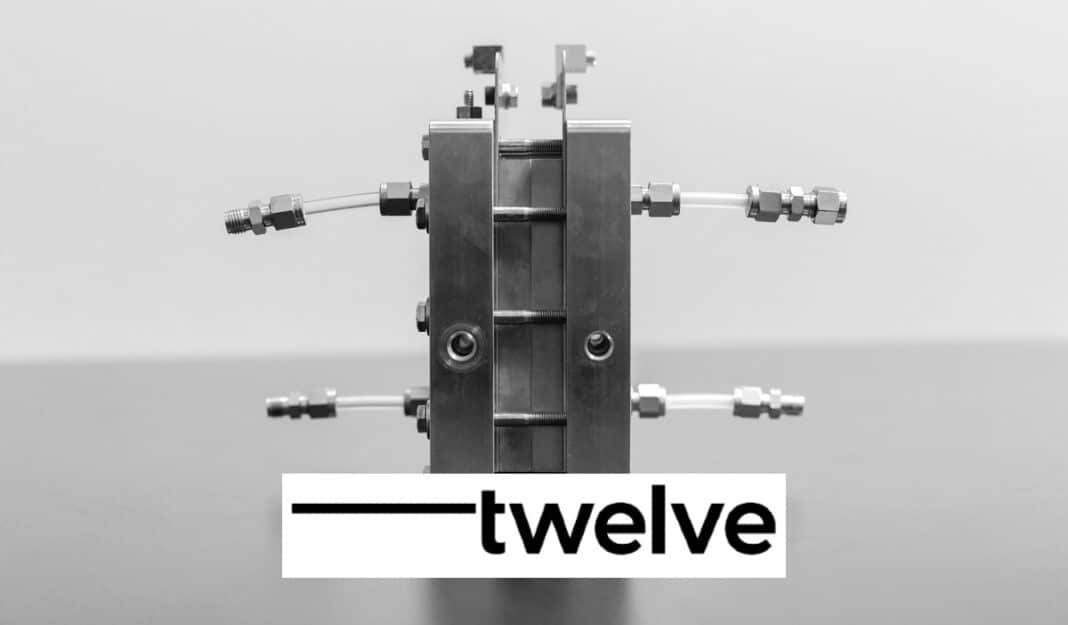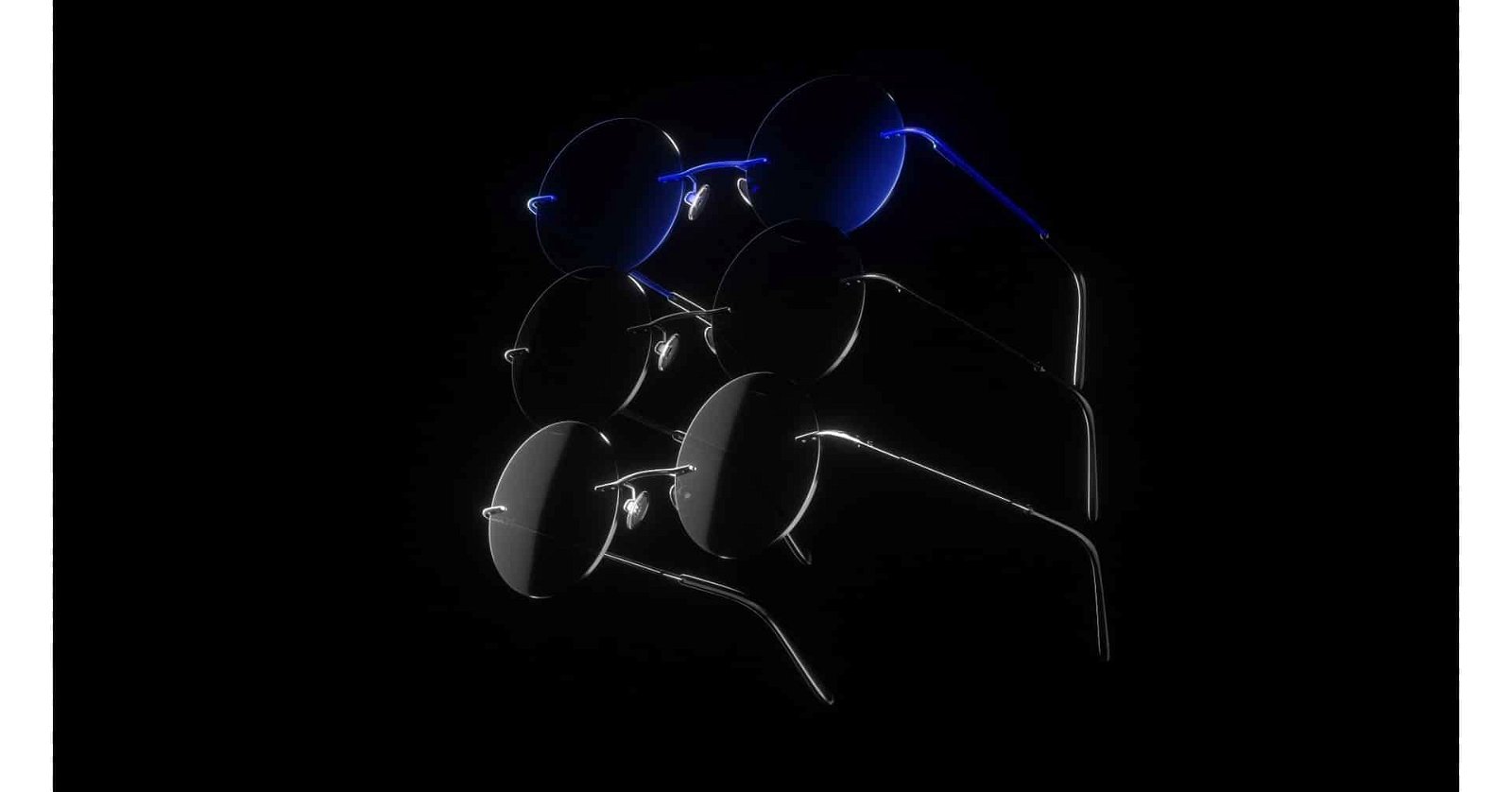As firms around the world are tackling climate change, Twelve is offering a solution through its carbon transformation tech which turns CO2 into products usually made from fossil fuels.
Using fossil fuel-derived oil to create products is not cheap, but what if it’s possible to make products using air instead of fossil fuels?
California-based Twelve is a carbon transformation company that’s shaking up the status quo of making products. Ranging from Mercedes car parts to equipment for NASA, the startup makes them using CO2.
Twelve’s Carbon Transformation Technology
To describe how the technology works, the director of product ecosystems Heidi Lim said:
“Our technology transforms carbon dioxide and water molecules using renewable energy. We split up and then rearrange molecules into building blocks that are usually made from fossil fuels.”
Products that rely on petrochemicals for assembly vary. According to the International Energy Agency, they include:
- plastics,
- fertilizers,
- packaging,
- clothing,
- digital devices,
- medical equipment,
- detergents, and
- tires.
With Twelve’s carbon transformation technology, an electrochemical reactor named Opus was built that cuts fossil fuels out of the process completely. The company calls this “industrial photosynthesis“.
It’s the same as what plants do during photosynthesis; Opus takes water and CO2, and using renewable energy, it changes them into new chemicals, materials, or fuels.
Inside the reactor, the electricity separates the CO2 and water. Then the membrane allows the separated elements to be recombined and make different chemicals.
The reactor is modular in design so that it can be installed in any industrial system. Better yet, the reactors system is made with a “plug-n-play” design.
It can be integrated into existing industrial systems easy and fast. Plus, the process can be done using CO2 from the point of emissions or direct air capture.
- According to Twelve, they can cut up to 10% of global emissions through Opus.
And that’s possible by transforming existing supply chains from running on fossil fuels to running on CO2.
CO2Made Products
The firm’s commercial products are called CO2Made. These include the fashion brand Pangaia sunglasses, Mercedes car parts, Tide detergents, and carbon-neutral fuels among others.
According to CEO Nicholas Flanders, Twelve produces “building blocks for a wide range of materials, chemicals, and fuels that are currently made from fossil fuels today.”
He also claims that the CO2Made products have no change in quality compared to the ones they replace.
Apart from making CO2Made items, the firm is also working on another innovation – E-jet. It’s a jet fuel with 90% lower emissions than conventional jet fuel and works with current engines.
- After announcing a $130 million Series B funding round last June, Twelve sets to ramp up its industrial-scale carbon transformation platform.
Some big names support the firm’s unique technology. Mercedes-Benz, NASA, Shopify, Procter & Gamble, and the Air Force partnered with Twelve to make CO2Made products.
Speaking for Procter & Gamble, Todd Cline remarked that:
“Delivering low-carbon products consumers desire will require scaling innovative solutions such as Twelve’s carbon transformation technology… We’re glad to see Twelve given the opportunity to expand their opportunity to impact a broad variety of sustainable consumer products enabled by their technology.”
The company also sees opportunities for working with firms already capturing and storing CO2 emissions. Popular names are Global Thermostat and Shell.
The carbon transformation tech of Twelve has the potential to turn CO2 from a harmful waste stream into useful products.
The carbon firm is currently taking pre-orders for its CO2Made materials and E-Jet.


